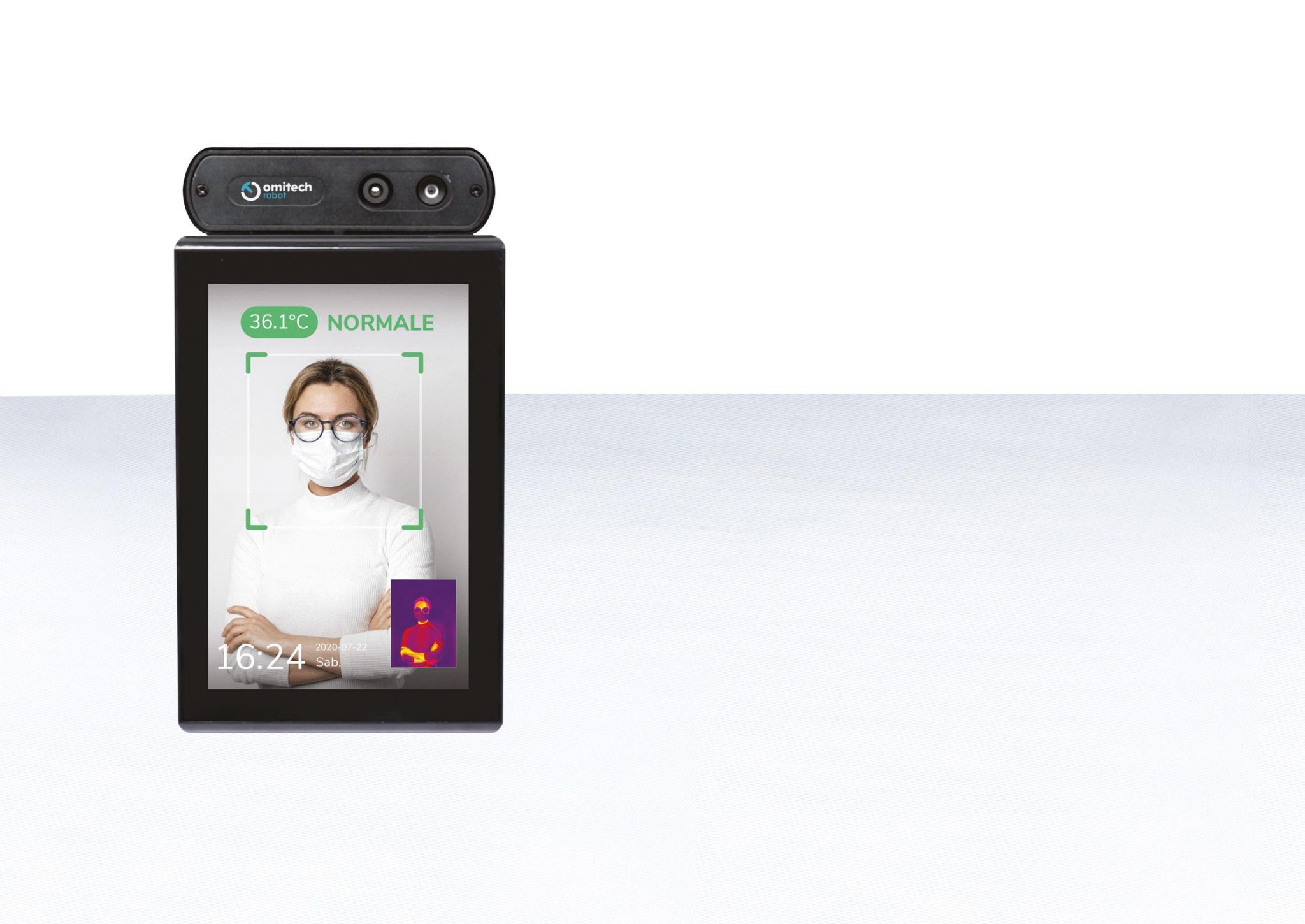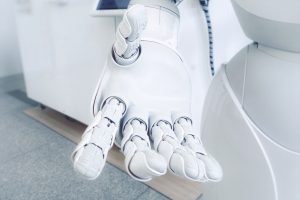In the “post Covid era”, companies from all over the world are asked to rethink any aspect of their operations: from production to logistics, from marketing to the sales department. Every business area is called to change.
Collaborative robotics can bring to companies a concrete help: technological innovation becomes decisive in helping production activities to emerge from the crisis connected to the health emergency, transforming this period of great difficulty into an opportunity to create a “renewed normalcy”.
The question is: in which areas will the contribution of collaborative robotics be particularly useful?
Collaborative robotics for employee safety
A substantial feature of collaborative robots is they can work safely side by side with people. The introduction of robots within many companies optimized various production processes: during Covid pandemic, it became essential to minimize contacts between people so collaborative robotics became a great help from several points of view.
“ Co-bots “ (a neologism to define collaborative robots) perform different tasks in autonomy, without the supervision of a human being. Moreover these robots reduce the risks related to simultaneous presence of workers in specific areas.
One of the areas in which collaborative robots can guarantee employees safety is undoubtedly the medical sector. Collaborative robotics can be helpful in many tasks of medical management: from the communication with the patient to the management of the drug cycle. Thanks to robots the risk of error is reduced and human resources are optimized.
During the Coronavirus peak in Italy, Omitech got the game to support the hospital staff in assisting patients with Covid-19: some Sanbot Elf robots were sent to Varese Hospital to to remotely monitor patients’ parameters, reducing hospital staff access to the rooms and consequently reduce the risk of contagion.
Collaborative robotics for production flexibility
The production of many companies has been stopped by the health emergency connected to Covid-19, but at the same time many other companies have been forced to dramatically increase production or redevelop it, in a very short time: let’s think of all the companies that have reconverted its ordinary production in the production of personal protective equipment. The presence of a collaborative robot in every company could be very useful in this sense: the same robot can be allocated to a certain task and be moved to another production area very quickly.
Collaborative robotics for the enhancement of people
Collaborative robotics has already brought many companies a great contribution and this trend is destined to grow more and more.
One of the them is represented by the enhancement of people: collaborative robots exempt employees from repetitive and low intellectual tasks allowing people to work on more challenging and creative tasks to give real value to the worker.
In the healthcare environment, for example, a great added value of collaborative robotics is to relieve staff from procedural tasks, allowing doctors, nurses and collaborators to devote more time to assistance and diagnosis.
A procedure that has become routine in the ‘post-Covid era’ is undoubtedly the measurement of temperature
It is normal to see an operator who takes care of this procedure in all companies offices, shopping centers and restaurants. Anyway this process take the time away from the operator to carry out other more fruitful and interesting activities; here collaborative robotics comes into play with the use of thermoscanner, infrared screening devices that detect temperature without the assistance of an operator.
Omitech professional thermoscanners are an ideal solution for companies, hospitals, large public spaces such as airports. Omitech thermoscanners boast the ability to recognize dozens of people per minute so that queues and delays are avoided. At the same time, the automaticity of the tool allows employees to devote themselves to other, more satisfying tasks.
Contact us to get more information!






